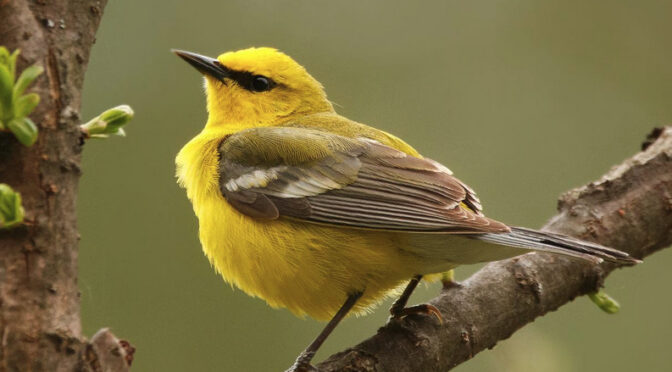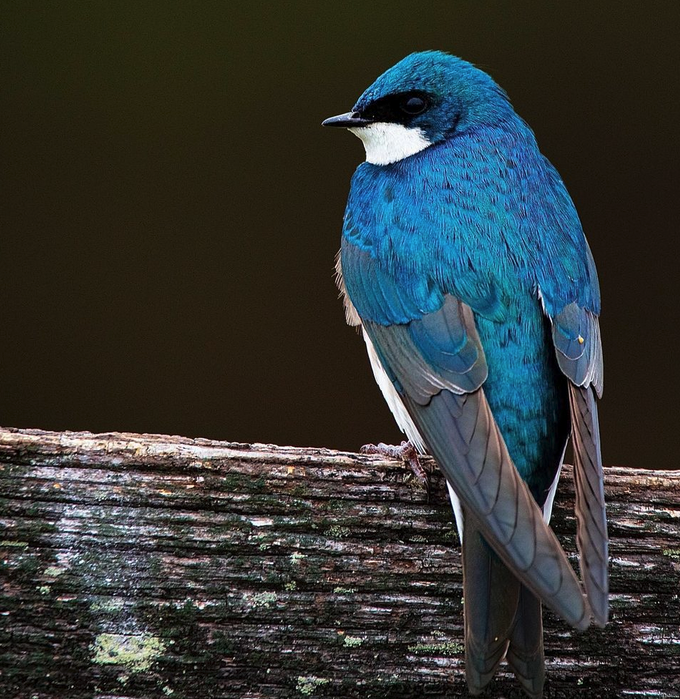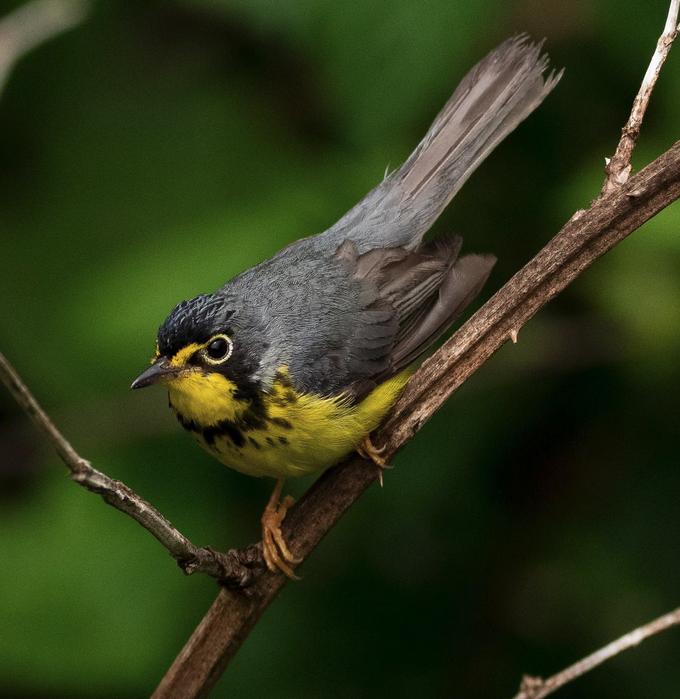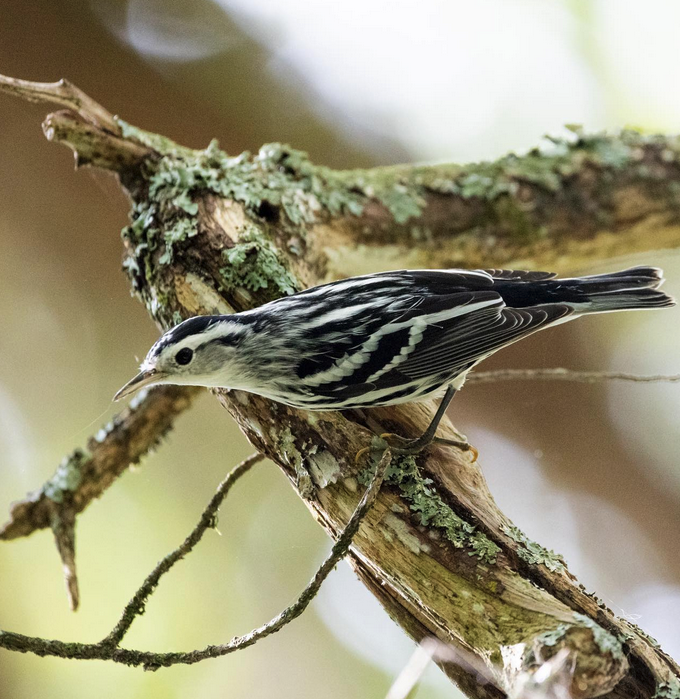Here is an excerpt from an article published via Canvas Rebel Magazine featuring the story of how Best Life Birding became to be.
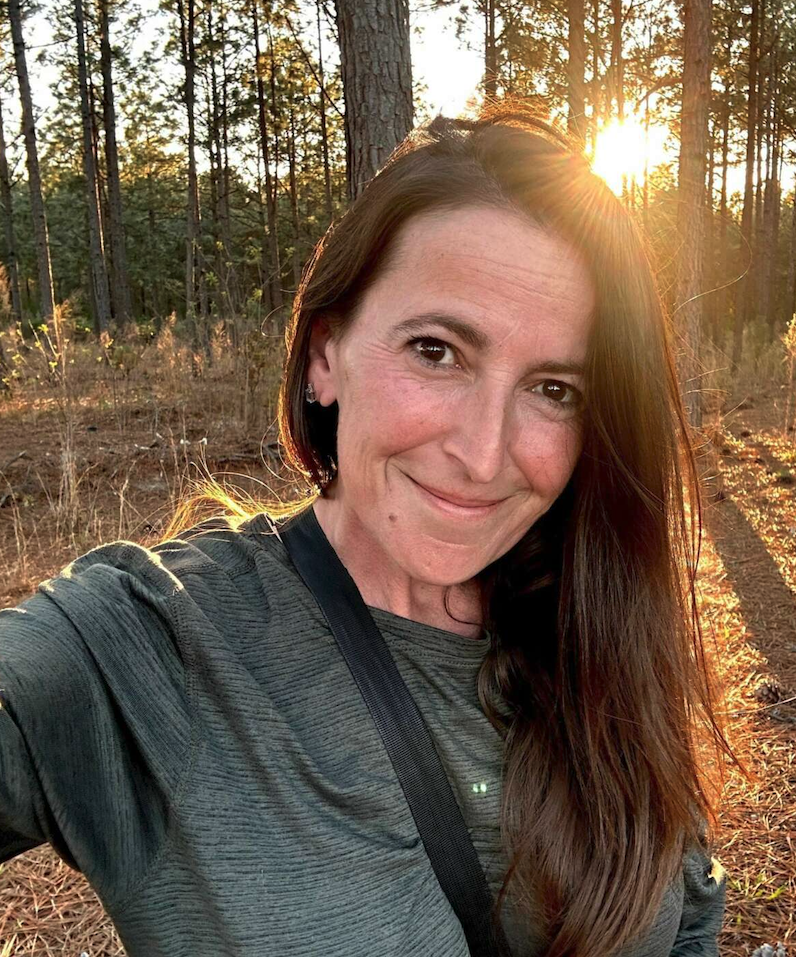
“We were lucky to catch up with Sally Siko recently and have shared our conversation below.
Hi Sally, thanks for joining us today. What’s the backstory behind how you came up with the idea for your business?
For me, being a birding guide is literally a dream come true. I used to be a professional event photographer.
Many years ago, I had a dream that I showed up to photograph an event and got distracted by a warbler flying around a pond behind the venue.
I tried for an hour to photograph the elusive bird (to get a better look for an ID) and missed shooting the event itself.
This is known as event photographer nightmare fuel, lol!
I woke up in a disoriented panic thinking for a second that the dream was real lol!
My heart was racing and there were tears in my eyes.
Once the sleep fog cleared of course I was relieved that scenario was nothing more than the normal stress of event photography work manifesting itself.
Still a tinge of the dream lingered.
The knowing that something else was out there beyond my reach.
To be clear, I loved my job.
Yet, that dream left me feeling like something important was missing in my day-to-day life.
I knew something had to change.
As a child, I spent the majority of my time exploring the outdoors.
While most girls were interested in going to the mall to go shopping, I wanted to find birds and animals.
I’d spend hours in the woods, hiking through creeks, turning over rocks to find salamanders and crayfish. Sometimes I’d encounter a deer laying in a thicket and would try to sneak up on it to see how close I could get before it would run off.
Most of all I wanted to to learn everything I could about the natural world around me.
I felt like I needed to know how the biological system was tied together, to truly understand the value of each link in the chain of life.
In particular, the migration habits of birds has always fascinated me.
To think that a tiny Prairie Warbler could migrate thousands of miles twice a year to end up on the same twig year after year is astounding.
It starts with asking what.
Then why?
Then how?
Then when?
After years spent watching the day to day lives of familiar species (Robins, Mourning Doves, Chickadees and Titmice), I started noticing birds which were not that common showing up in my area.

